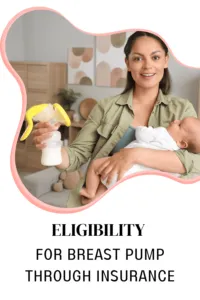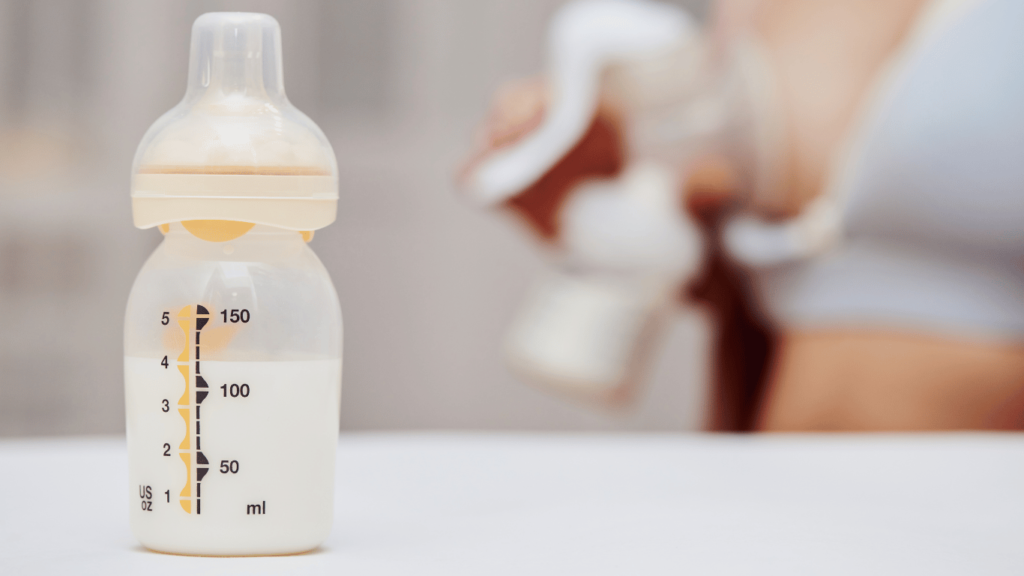Free Breast Pump Through Insurance: A Comprehensive Guide (2025)

As a fellow mom, I know the questions swirling through your mind during this beautiful journey. One of the most common questions I hear from expecting mothers is “how do I get a free breast pump through insurance?” Here’s the wonderful news: thanks to the Affordable Care Act , your insurance provider is required to cover breast pumps at no cost to you! I’ve personally helped hundreds of moms navigate this process, and I’m here to guide you through every step of claiming your premium breast pump.
- Available with Most Insurance Plans
- $0 Out-of-Pocket Cost
- Premium Brands Available
- Simple Qualification Process
- Fast Doorstep Delivery
- Expert Support Included
Ready to start your journey?
Let me walk you through the simple process to get your free breast pump today!
Who Qualifies for a Free Breast Pump?
Let me walk you through the eligibility requirements – it’s easier than you think!
Here’s what I love about this benefit: nearly every expecting and new mama in the United States qualifies for breast pump coverage! I’ve helped countless mothers navigate this process, and I’m excited to share what I’ve learned with you.
Insurance Plans That Cover Breast Pumps
- Private insurance plans (like those through your employer)
- Marketplace insurance (Healthcare.gov plans)
- Medicaid coverage – yes, this includes WIC recipients!
- Tricare for military families – thank you for your service, mama!
- Blue Cross Blue Shield – one of the most comprehensive coverages
- United Healthcare – excellent pump selection available
💝 Mama’s Pro Tip
Don’t wait until the last minute like I did with my first baby! I recommend starting your breast pump research during your second trimester. Trust me, when you’re 38 weeks pregnant and can barely tie your shoes, the last thing you want to worry about is paperwork and insurance calls. Future you will be so grateful!
What You Need to Know
If you’re unsure about your specific coverage (and honestly, insurance can be confusing!), I always recommend calling your insurance provider directly. Ask them these magic words: “What breast pump benefits do I have under the Affordable Care Act?” They’ll give you the complete rundown of what’s covered and how to claim your pump.
Here’s the beautiful thing about the Affordable Care Act: it requires most insurance plans to cover breast pumps and lactation support as preventive care. This means no copays, no deductibles – just free support for you and your little one.
💼 What Your Insurance *Actually* Covers: Real Talk About Breast Pumps
I’ve spent countless hours on the phone with insurance companies (yes, really!), and I know how confusing this can be. Each insurer has their own quirks, timing requirements, and approved suppliers. Let me break down what I’ve learned about the major players so you can skip the runaround and get straight to your pump.
💙 Aetna Coverage
From my experience helping mamas navigate Aetna breast pump coverage, most plans cover either a manual or standard electric breast pump. You can typically order during pregnancy or after delivery.
🏥 UnitedHealthcare Benefits
I’ve found that UnitedHealthcare plans vary quite a bit, but most cover breast pumps with some really nice perks. The timing depends on your specific plan – some allow ordering during pregnancy, others only after birth.
🏛️ HealthCare.gov (Marketplace Plans)
Thanks to the Affordable Care Act, all marketplace plans must cover breast pumps – no exceptions! You’ll get either a pump to keep or a rental option. The specific brands and suppliers depend on your particular insurer, but popular partners include Milk Moms and Byram Healthcare.
🎖️ Tricare (Military Families)
Military families, you’re in for a treat! Tricare breast pump benefits are honestly some of the best I’ve seen. You get one manual or electric pump per birth, adoption, or surrogacy, plus all the supplies you need.
🔵 Blue Cross Blue Shield (BCBS)
I love working with BCBS because their BCBS coverage is usually straightforward – most plans cover a double electric breast pump with zero out-of-pocket cost. The catch? Guidelines vary by state since BCBS operates differently in each one.
🏢 Cigna Benefits
Cigna typically covers a personal-use double electric pump, and I’ve found they’re pretty generous with their selections. Most plans let you order in your third trimester, which gives you time to get familiar with your pump before baby arrives.
🏥 Kaiser Permanente
Kaiser keeps things in-house, which can be both good and challenging. Kaiser Permanente usually covers a standard electric breast pump after birth, with some plans allowing pregnancy orders. You’ll need to go through their approved DME providers.
Step By Step Process-Getting Your Free Breast Pump Through Insurance
Navigate the process smoothly with our simple, step-by-step guide to obtaining your breast pump.
Contact Your Insurance Provider
Take a few minutes to understand your coverage. Find out which breast pump brands are included, whether you need a prescription, and the specific medical supply companies you must work with.
Choose Your Perfect Pump
Consider your lifestyle needs: portability, suction levels, and noise. Review customer feedback and explore different pump features to find the best match for your breastfeeding journey.
Confirm Hospital Grade Pump Coverage
Discuss coverage for hospital-grade pumps, especially if you have specific medical needs. Understand the conditions under which these specialized pumps are eligible.
Order Your Breast Pump
Choose your order method: directly from suppliers, through third-party providers, or via your doctor’s office. Each method offers unique benefits like direct insurance communication or lactation consultant support.
Want to know how to purchase breast pump through insurance? Watch the video below!
🚚 How DME Suppliers Help You Get Your Free Breast Pump
Feeling overwhelmed by insurance paperwork? That’s where DME (Durable Medical Equipment) suppliers step in! These companies act as a bridge between you and your insurance provider, making it easier to get the breast pump you deserve—quickly and stress-free. Below are the top DME approved suppliers for obtaining your breast pumps through insurance;
🎀 Aeroflow Breastpumps
Aeroflow Breastpumps makes the process incredibly easy with their online eligibility form. They work directly with your insurance, handle paperwork, and offer top pump brands like Spectra, Medela, and Motif.
🎀 Byram Healthcare
Byram is known for their helpful customer service and wide insurance network. They specialize in guiding new moms through the paperwork maze to get pumps like Elvie or Lansinoh at no cost.
🎀 Edgepark
Edgepark is a long-trusted DME supplier that offers a simple 3-step form to check coverage. They partner with brands like Evenflo, Zomee, and Spectra and support multiple insurance plans.
🎀 Pumps for Mom
This mama-approved supplier allows you to browse by insurance provider and pump brand. Their team helps you verify benefits and delivers your pump right to your door.
🎀 Breastpumps.com (MedSource)
With a user-friendly experience and a variety of brands like Ameda and Motif, Breastpumps.com works closely with major insurance companies to simplify the claims process.
🎀 Lucina Care
Lucina Care helps you check insurance eligibility and ships breast pumps directly—often with accessories included. They’re especially helpful for Medicaid moms.
🎀 Neb Doctors
Neb Doctors is a regional DME that partners with hospitals and OB/GYNs to deliver breast pumps fast. They often cover Tricare, BCBS, and Medicaid plans.
💖 Best Breast Pumps Through Insurance
As a mom who’s navigated the insurance maze twice, I know how overwhelming it can feel to choose the right breast pump. Under the Affordable Care Act, most insurance plans provide coverage for breast pumps and related supplies, making it easier for us to access these essential tools for our breastfeeding journey. I’ve personally tested every pump on this list, and I’m here to help you make the best choice for your family while maximizing your insurance benefits.
✨ Premium Wearable Pumps

Elvie Pump
Read My Review →- Completely wireless design that changed my life
- Fits discreetly in your nursing bra
- Smart app for tracking sessions (love this!)
- Nearly silent operation – pump anywhere
- 2.5 hours of battery life
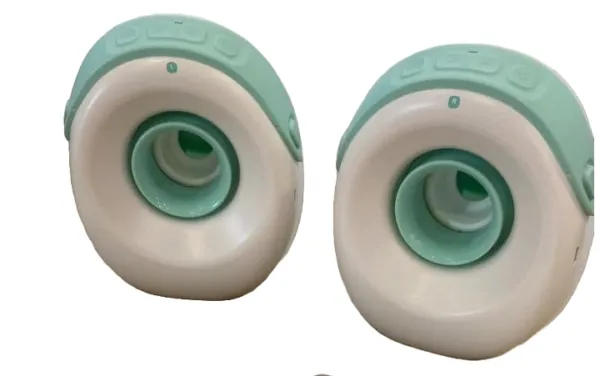
Willow Go
Read My Review →- Tubeless, spill-proof design (no more accidents!)
- 360-degree mobility – perfect for busy moms
- Smart app connectivity with detailed tracking
- Rechargeable battery that lasts all day
- Dishwasher-safe parts for easy cleaning
⚡ Traditional Electric Pumps
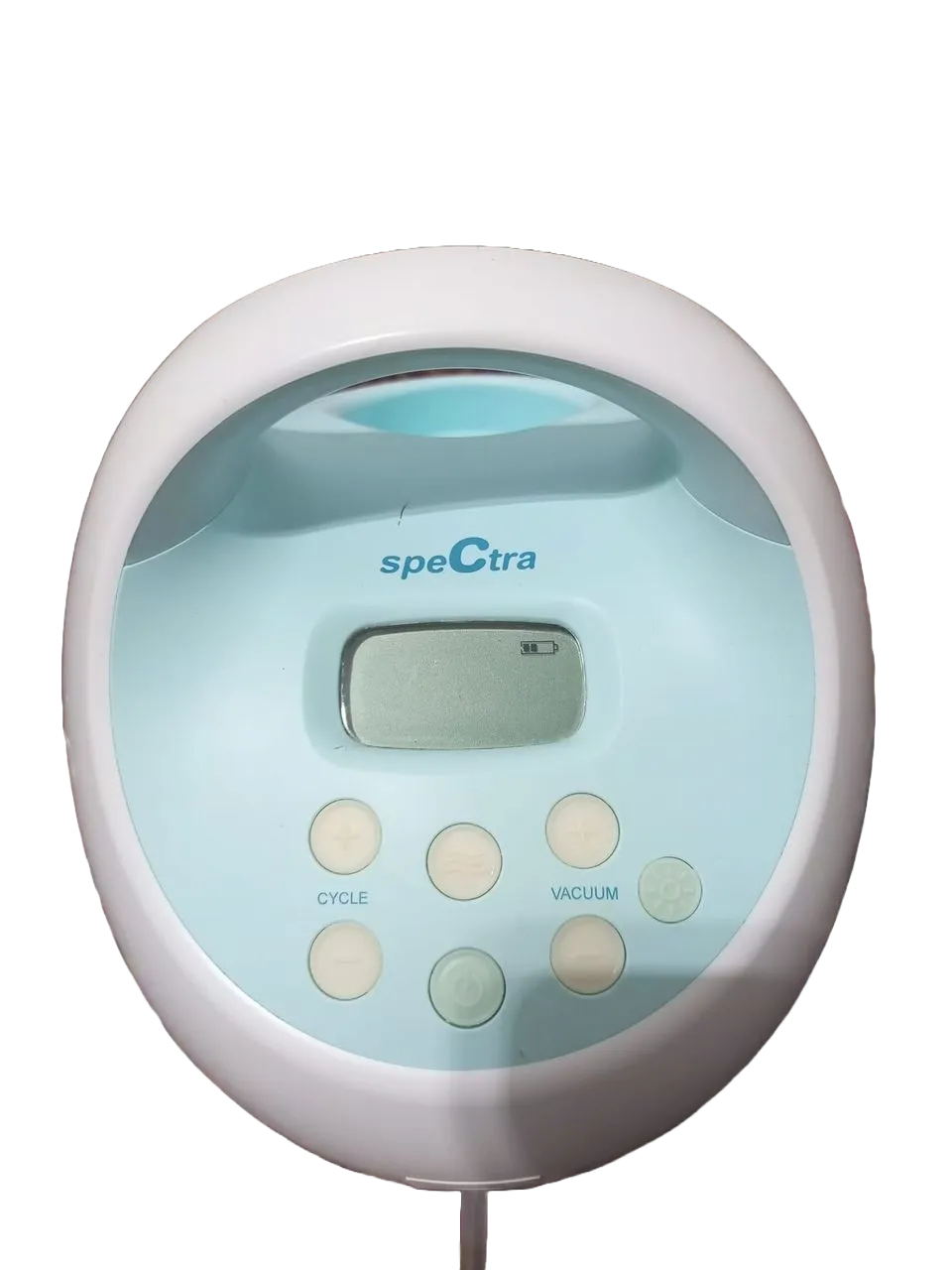
Spectra S1 Plus
Read My Review →- Hospital-grade suction power that really works
- Rechargeable battery for pumping anywhere
- Ultra-quiet motor – won’t wake sleeping babies
- Customizable settings for comfort
- Closed system for hygiene (so important!)
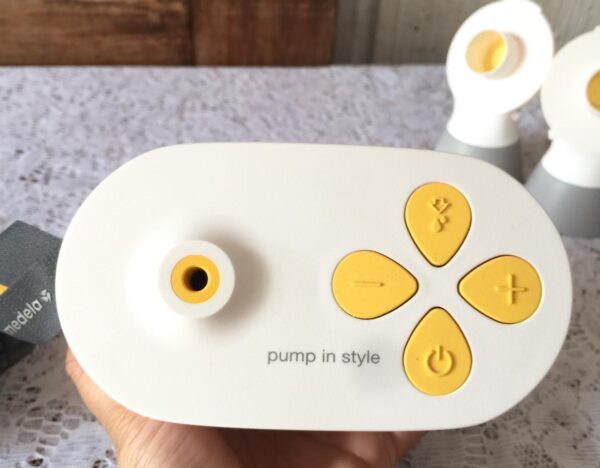
Medela Pump In Style
Read My Review →- Proven reliability I’ve trusted for years
- Simple cleaning process (busy mom approved)
- Strong suction power that gets the job done
- Portable design with stylish carrying case
- Compatible with many bottle types

Motif Luna
Read My Review →- Compact size perfect for travel
- Built-in night light for those 3am sessions
- Quiet operation that won’t disturb anyone
- Memory settings remember your preferences
- Lightweight design that’s easy to carry
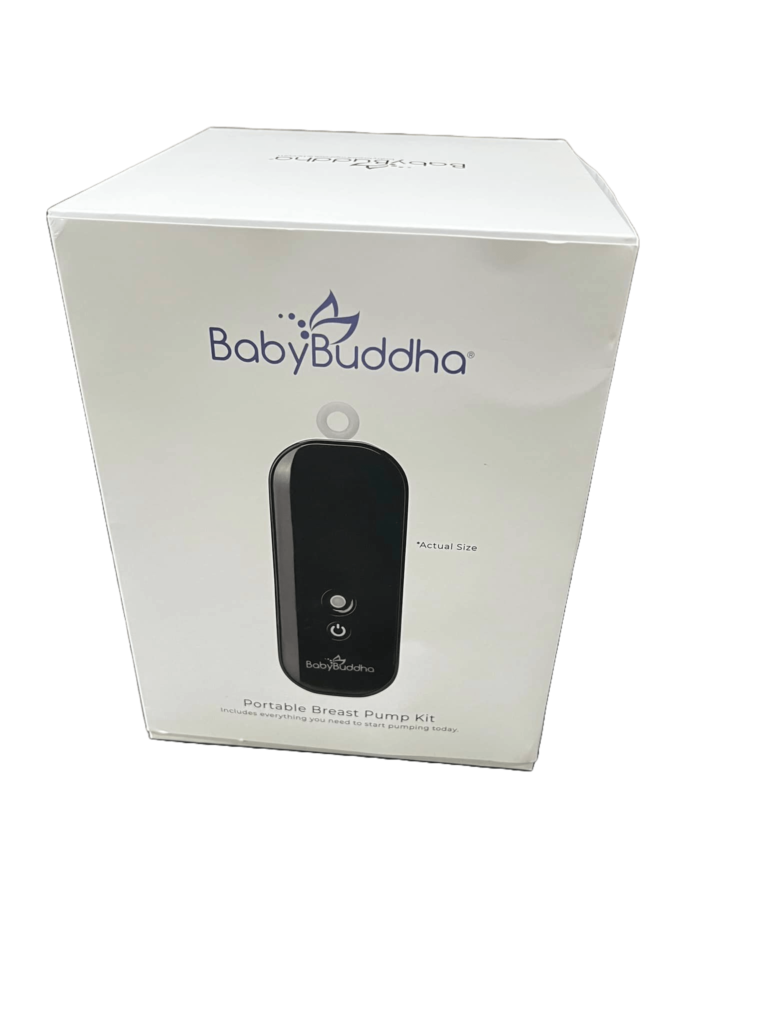
BabyBuddha
Read My Review →- Ultra-portable design fits in your purse
- Powerful suction despite tiny size
- Lightweight construction for on-the-go
- USB rechargeable – use any charger
- Adjustable programs for personalized comfort
📋 Insurance Coverage Quick Guide
Typically Fully Covered:
- Standard electric pumps (Spectra S2, Medela Pump In Style)
- Basic accessories and replacement parts
- One pump per pregnancy (some allow upgrades with second baby)
May Require Upgrade Fee:
- Wearable pumps (Elvie, Willow) – usually $100-200 upgrade
- Premium features like app connectivity
- Additional accessories beyond basic package
Special Coverage Available For:
- Multiple births (twins, triplets) – often get additional coverage
- Medical necessities (NICU situations, supply issues)
- Hospital-grade pump rentals for special circumstances
- Replacement parts if pump malfunctions within warranty
Qualify for Free Breast Pumps Through Insurance
🏥 1. Insurance Type
To qualify, your insurance plan must comply with ACA guidelines. This usually includes:
- Private insurance plans
- Marketplace plans
- Medicaid
- Tricare
- Major insurers like Blue Cross Blue Shield (BCBS) and United Healthcare
- If you’re covered by one of these, you’re likely eligible for a free breast pump.
🤰 2. Pregnancy Status
Good news! Eligibility usually begins during pregnancy and continues postpartum. In fact:
- Many plans allow you to order a pump in your third trimester
- This way, you’re prepared ahead of time!
- Confirm with your insurance provider when you can start the process.
📄 3. Prescription Requirements
While some insurance providers don’t require a prescription, many do. Here’s how it works:
- Insurance coverage: Most insurers require a doctor’s prescription to approve coverage.
- Out-of-pocket purchase: No prescription needed if you’re buying without insurance.
- If needed, your doctor can provide a prescription to streamline the process.
🔄 4. Frequency of Coverage
Most plans cover one new pump per pregnancy. This means:
- You don’t need to reuse an older pump
- With each pregnancy, you may qualify for a new pump
- Check with Medicaid or other specific programs, as they may have different rules.
⭐ Special Situations and Exceptions
Here are some additional considerations:
- Medical Necessity: Some health conditions (like a premature birth) may qualify you for a rental of a hospital-grade pump.
- Multiple Births: Expecting twins or more? Some plans provide additional coverage.
- State-Specific Benefits: Some states expand ACA benefits for breast pumps.
- Changing Insurance: If you switch insurance mid-pregnancy, you may still be eligible under your new plan.
What if you’re not eligible for free breast pumps?
Don’t worry, you’ve still got options!
Rent a hospital-grade pump
Consider a more budget-friendly manual pump
Look into second-hand hospital-grade pumps
Check out non-profit organizations that offer assistance
Common Challenges When Getting a Breast Pump
Real Moms, Real Solutions: Navigating the Insurance Maze
1Limited Selection of Pumps
Ever feel like your insurance’s pump options are more “take it or leave it” than “choose your perfect match”? You’re not alone. Insurance often limits you to specific models that might not align with your personal needs.
- Become a pump detective—dive deep into researching available models and their unique features
- Get creative with upgrades—many providers let you pay the difference for a pump that truly works for you
- Budget-friendly tip: Consider saving for an out-of-pocket purchase if the perfect pump calls your name
2Delayed Approval Process
Waiting for insurance approval can feel like watching paint dry—except this paint is your much-needed breast pump, and time is of the essence.
- Plan ahead like a boss—kick off the process during your second trimester to avoid last-minute stress
- Channel your inner project manager: follow up regularly and keep that insurance application moving
3Confusing Coverage Terms
Insurance language can feel like a foreign dialect designed to confuse even the most patient parents. We’ve got your translation guide!
- Demand clarity—request a benefits explanation that sounds like actual human language
- Get everything in writing to prevent surprise plot twists in your insurance journey
4Unexpected Costs
Nobody likes financial surprises, especially when you’re preparing for a new baby. Those sneaky additional charges can catch you off guard.
- Become a cost detective—clarify every potential expense upfront
- Ask the tough questions about extra charges for parts, shipping, and accessories
5Difficulty Obtaining a Prescription
Some insurance providers treat a breast pump prescription like a rare treasure map—hard to obtain and full of obstacles.
- Make your prenatal visits work double duty—discuss your breast pump needs with your OB-GYN or midwife
- Leverage modern technology—many providers can zap that prescription electronically to your supplier
6Navigating Multiple Suppliers
Insurance’s preferred supplier list can feel like a complicated dating app—so many options, but which one is right for you?
- Get the insider list—ask your insurer about approved suppliers
- Do your homework: research companies to find the best service, support, and selection
7Quality Concerns
Worried the insurance-covered pump might be a let-down? Take a deep breath and read on.
- Become a review ninja—scour trusted platforms like Amazon, Trustpilot, and Walmart for real mom experiences
- Relax and trust the system: ACA-compliant pumps must meet rigorous quality standards
8Lack of Lactation Support
Getting a breast pump can feel overwhelming without the right guidance. You’re not in this alone!
- Investigate your insurance’s hidden gem: lactation consultant services
- Explore community resources—many hospitals and centers offer free breastfeeding classes with hands-on support
Pro Tip: Advocate for Yourself
Here’s your motherhood mantra: persistence is power! If you hit a roadblock, don’t just sit there—escalate. Speak to a supervisor, contact your state’s insurance commissioner. This is your journey, your needs, your baby. You’ve got the strength of a thousand warriors, and no complicated insurance process can dim your shine. Remember, every challenge is just an opportunity in disguise. You. Have. Got. This. 💪
Finding the Best Breast Pump Through Insurance: Tips and Considerations
Remember, “best” is subjective! The ideal pump depends on your individual needs and lifestyle. For most consumers, the perfect breast pump combines high performance, quiet operation, easy maintenance, affordability, and portability.
Read Customer Reviews
Look for online customer reviews of the covered pump models to understand their functionality and user experience.
Consider Your Needs
A portable or wearable pump might be a good choice if you plan to pump frequently at work or on the go. If you have certain medical conditions, go for a hospital-grade breast pump like Medela Symphony.
Talk to Your Doctor or Lactation Consultant
They can provide insights based on your specific situation and help you choose a pump that works for you.
Bonus Tip
Don’t be afraid to ask questions! Getting all the information you need is vital, whether it’s to your insurance company, doctor, or a lactation consultant.
Free Breast Pump Through Insurance: Does Brand Matter?
While insurance might cover some top brands, it doesn’t necessarily mean they’ll cover the absolute latest model. Focus on functionality and features that suit your needs. Here’s the good news: most covered pumps will be perfectly adequate for most breastfeeding moms. Please read below about the top pumps covered by most insurance companies in the country.
Breast Pumps Through Medicaid: What You Need to Know
If you have Medicaid, you’re still eligible for a free breast pump through your insurance! The process might be slightly different, so contacting your Medicaid provider directly for specific details about covered pumps and the ordering process is best. I have discussed all these things in more detail in this article: Breast Pumps Covered By Medicaid.
Wearable Breast Pump Through Insurance: A Modern Option
Wearable breast pumps are a game-changer for busy moms. They offer hands-free, tubeless, and wearable pumping, allowing you to get things done while expressing milk. But are they covered by insurance?
The short answer: It depends on your specific insurance plan. Here’s what you need to consider:
- Coverage Trends: Wearable pumps are a relatively new technology; some insurance plans might not cover them yet. However, coverage is becoming more common. Some common and popular brands in wearable pumps are Elvie, Willow, and Momcozy, and all of these are covered.
- Plan Details: Check your plan documents or call your insurance company to see if wearable pumps are included in their list of covered breast pumps.
Tips for Getting a Wearable Pump Through Insurance
- Advocate for Yourself: If your plan doesn’t currently cover wearable pumps, politely inquire about the possibility of coverage in the future.
- Consider Alternatives: If your plan doesn’t cover wearables, explore other covered pumps like Medela and Spectra that might still meet your needs.
Frequently Asked Questions (FAQs)
When should I start the process of getting a free breast pump?
Start in your second trimester, around 20-24 weeks of pregnancy. This gives you ample time to navigate the insurance process and receive your pump before your baby arrives.
What if my insurance doesn’t cover the breast pump I want?
If your preferred pump isn’t covered, you have options:
- Pay the difference for an upgrade
- Choose a covered pump and purchase accessories separately
- Appeal to your insurance company with a letter from your doctor explaining medical necessity
Can I get a new breast pump for each pregnancy?
Generally, yes. Most insurance plans cover one breast pump per pregnancy. However, coverage may vary, so check with your insurance provider for their policy on subsequent pregnancies.
Can you really get a free breast pump through insurance?
Absolutely! Your health insurance plan is legally obligated to cover the cost of a breast pump without any co-pays. This includes all health insurance plans, even Medicaid.
How do you find out what breast pump is covered by insurance?
Simply input your insurance details and state of residence. This will reveal the breast pump options covered by your insurance at no cost and potential upgrades for an additional fee.
What is the best breast pump to get through insurance?
The best breast pump varies based on individual needs and preferences. Some mothers prefer hospital-grade pumps with powerful suction, while others opt for wearable, discreet models suitable for workplace use. Portable or manual pumps are favored by those seeking simplicity or occasional use. Leading brands like Medela, Spectra, Willow, Lansinoh, Elvie, Motif, and Ameda offer high-quality options, many of which may be covered by insurance.
What breastfeeding supplies are covered by insurance?
Insurance covers a range of supplies, including breast pumps, flanges, shields, and tubing. These essentials are part of the coverage provided by insurance companies. However, some companies only partially cover the pumps and other parts.
When should I order my free breast pump through insurance?
To ensure a stress-free experience, consider ordering your free breast pump in your third trimester or as early as six months before your due date. This allows ample time for processing and delivery.
Final Thoughts
Remember, mama, getting a free breast pump through insurance might take a little legwork, but it’s totally worth it. Don’t be afraid to ask questions and advocate for yourself. Every breastfeeding journey is unique; having the right tools can make all the difference.
Here’s to happy, stress-free pumping! Happy pumping!
Quick Tips:
- Start the process early, ideally in your second trimester
- Keep all your paperwork and correspondence organized
- Don’t hesitate to ask for help from your healthcare provider or a lactation consultant
- Remember, the “best” pump is the one that works for you and your lifestyle

